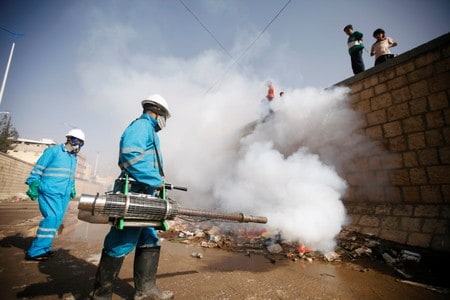Dream-enacting behavior is a defining feature of REMSBD, the most specific prodromal sign of synucleinopathies. Pesticide exposure may be linked to dream-like activities. However, there’s a lack of epidemiological data. For a study, researchers sought to investigate the relationship between high pesticide exposure episodes and dream-enacting activities among farmers participating in the Agricultural Health Study. They used multivariable logistic regression analyses to investigate high pesticide exposure occurrences reported from 1993 to 1997 concerning dream-enactment behaviors measured from 2013 to 2015 among 11,248 farmers (aged 47±11 years).
About 939 (8.3%) farmers revealed a history of dream-enacting practices. Farmers who reported high pesticide exposure events were more likely to support dream-enacting actions two decades later (odds ratio = 1.75; 95% CI, 1.49–2.05). When there was a long delay in washing with soap and water after the event, the association appeared stronger (2.63 [95% CI, 1.62–4.27] for waiting >6 hours vs. 1.71 [95% CI, 1.36–2.15] for washing within 30 minutes) and when the exposure involved the respiratory or digestive tract (2.04 [95% CI, 1.62–2.57] vs. 1.58 [95% CI, 1.29–1.93] for dermal contact only. They discovered positive associations with two organochlorine insecticides (dichlorodiphenyltrichloroethane and lindane), four organophosphate insecticides (phorate, ethoprop, terbufos, and parathion), two herbicides (alachlor and paraquat), and fungicides as a group in the analyses of specific pesticides involved.
The study presented the first epidemiological evidence that excessive pesticide exposure may increase the likelihood of dream-enactment practices.
Reference: movementdisorders.onlinelibrary.wiley.com/doi/10.1002/mds.28960


